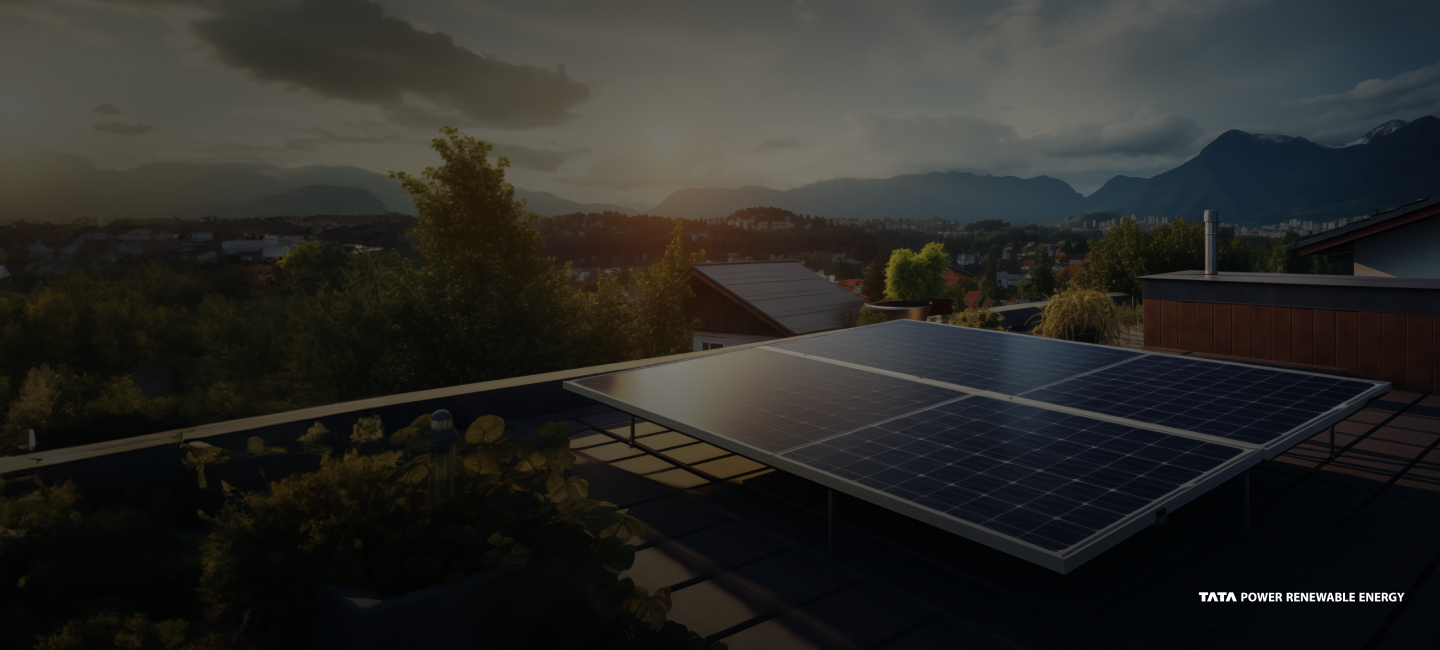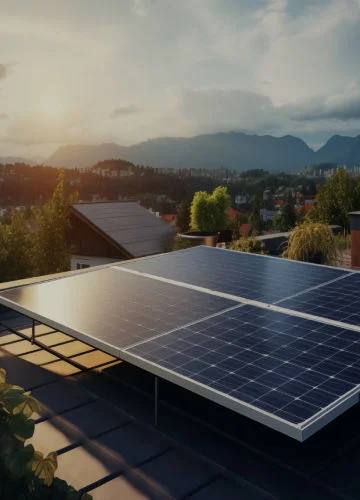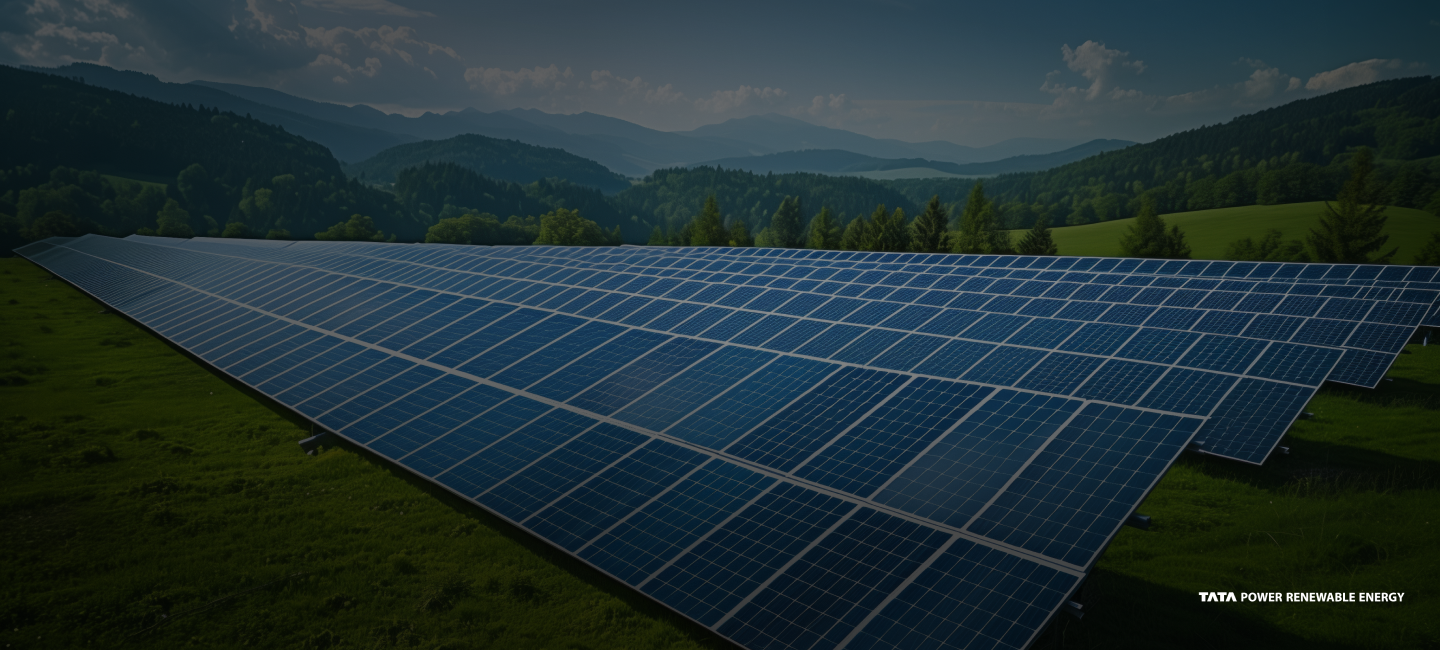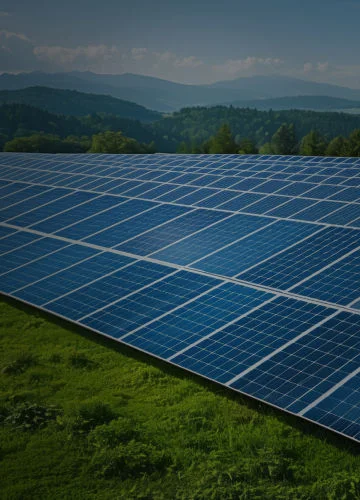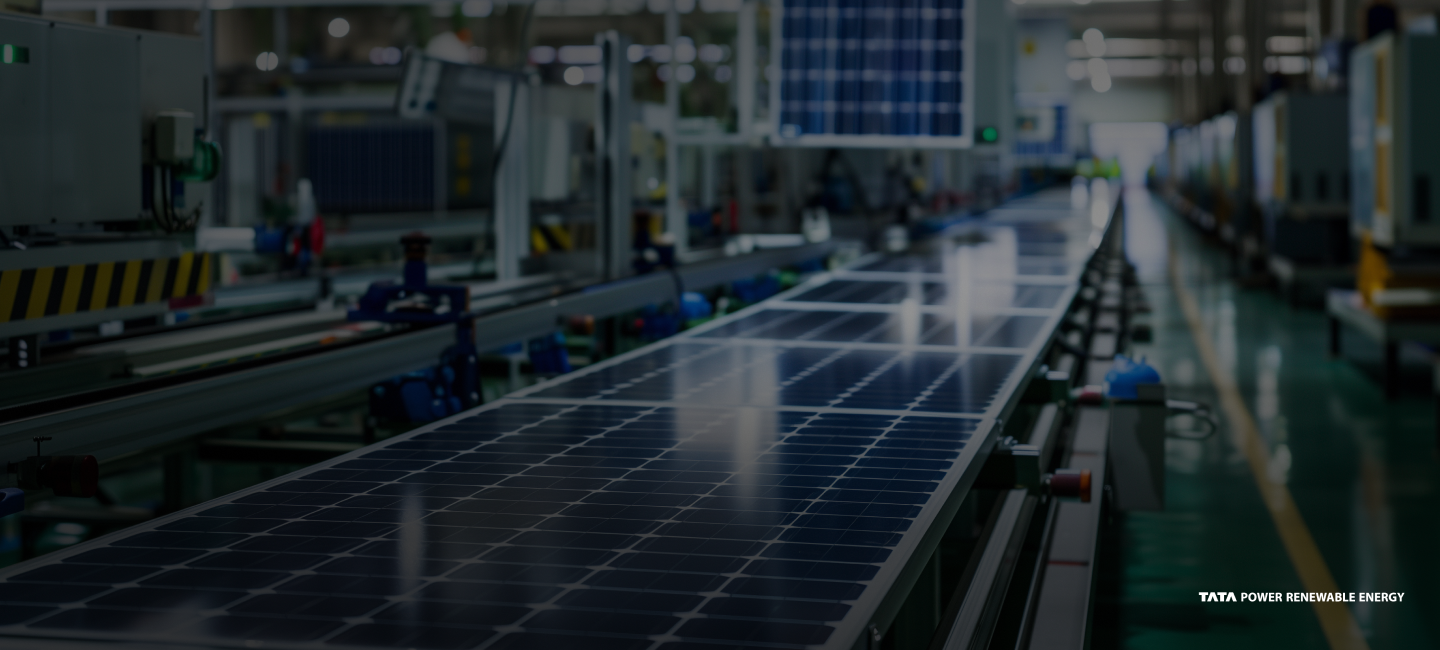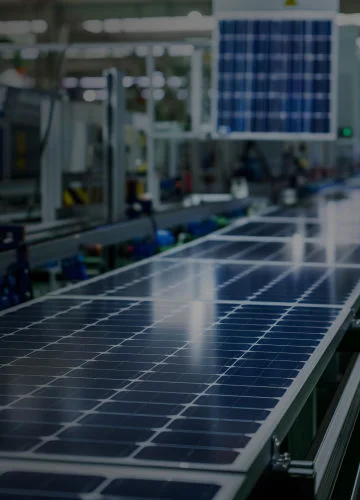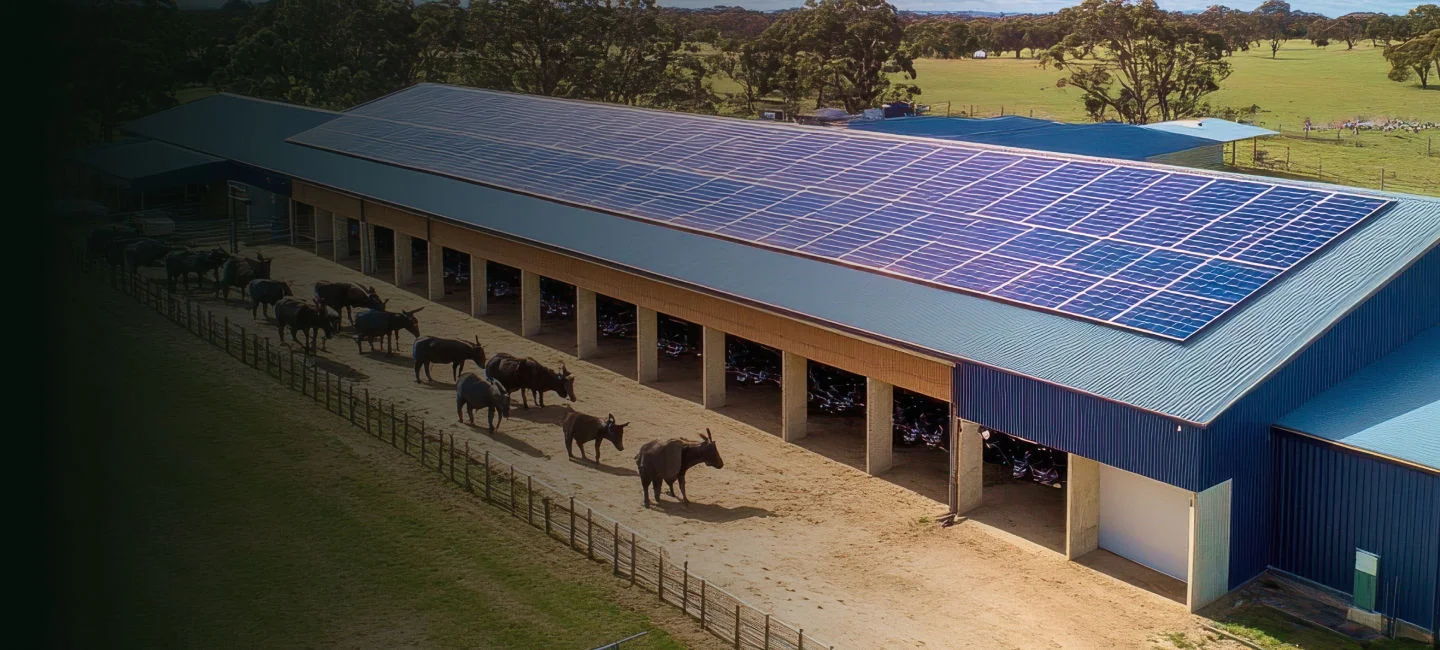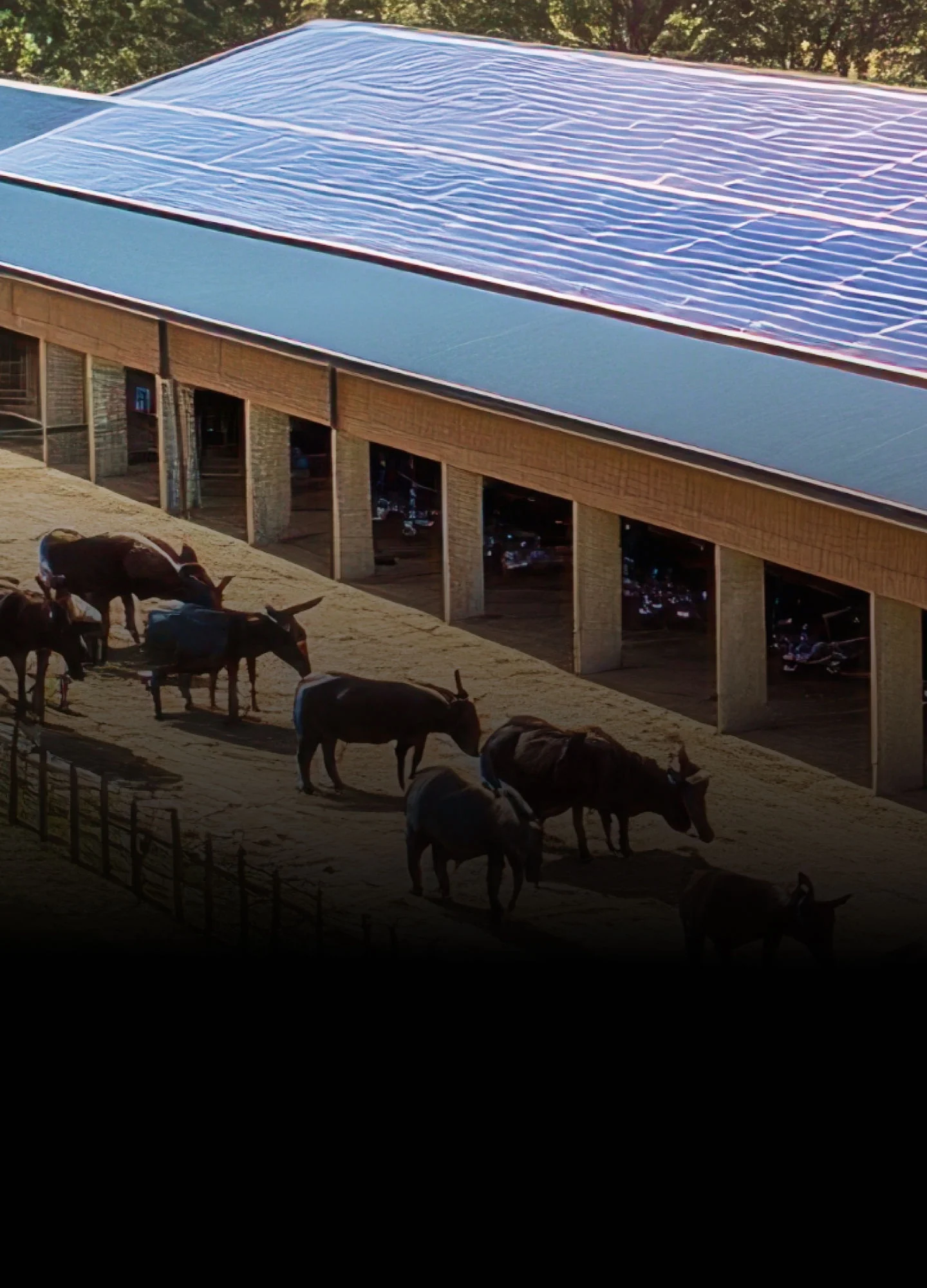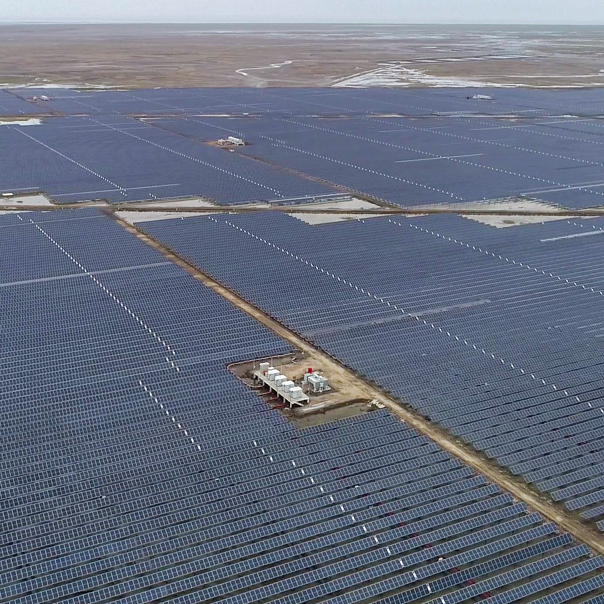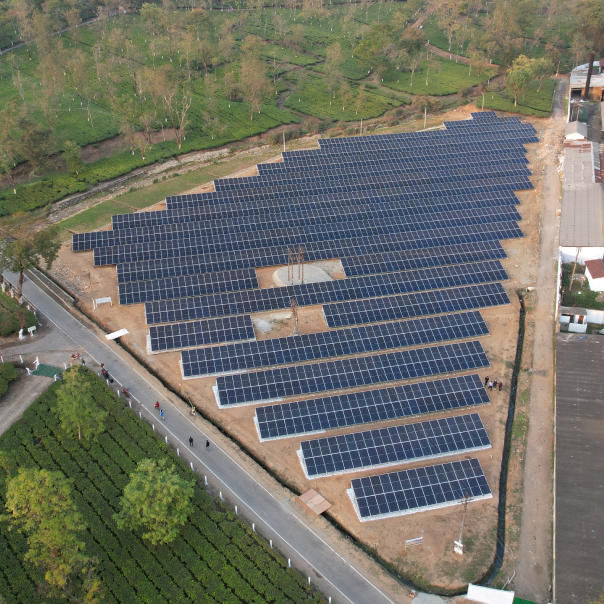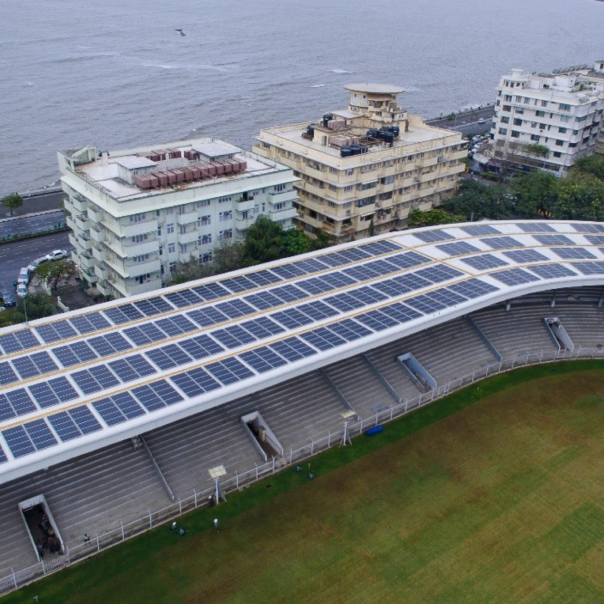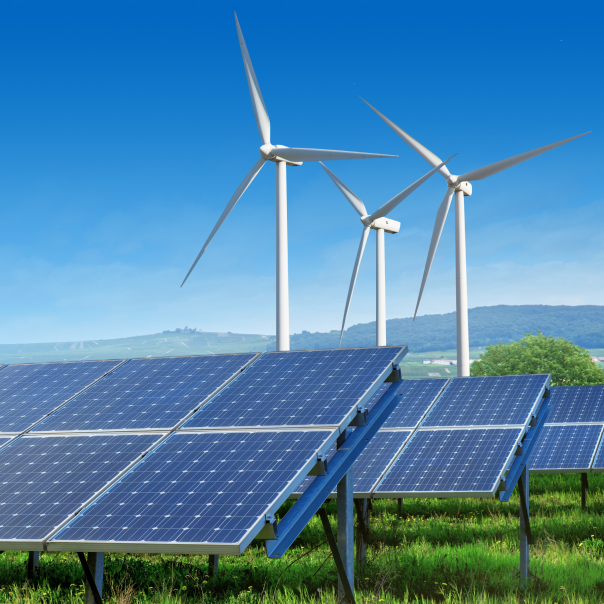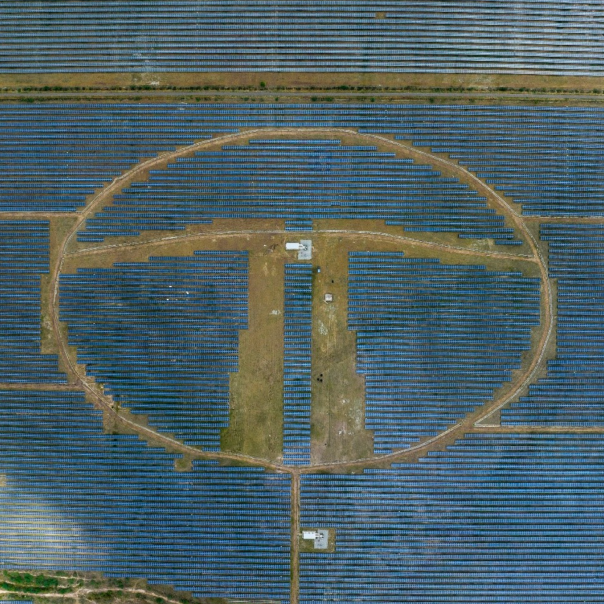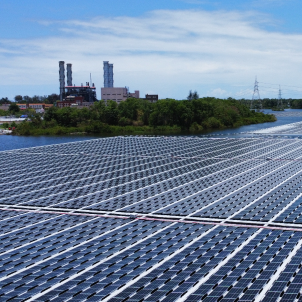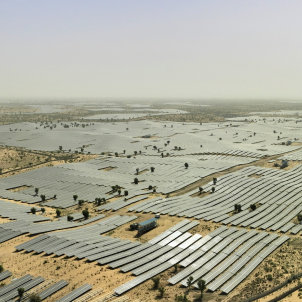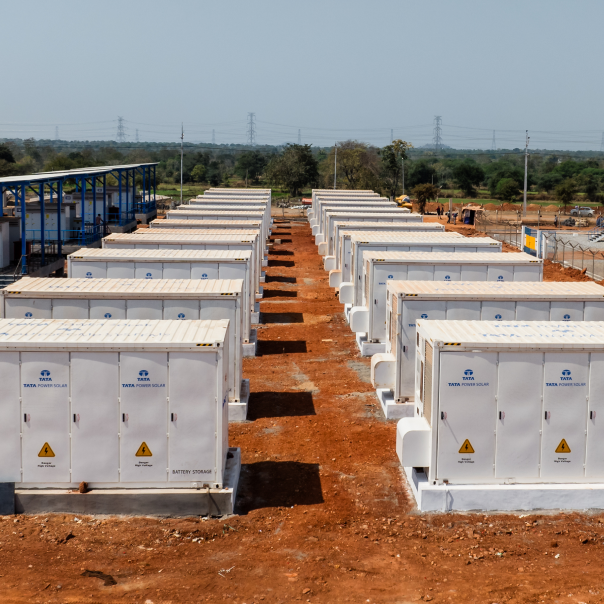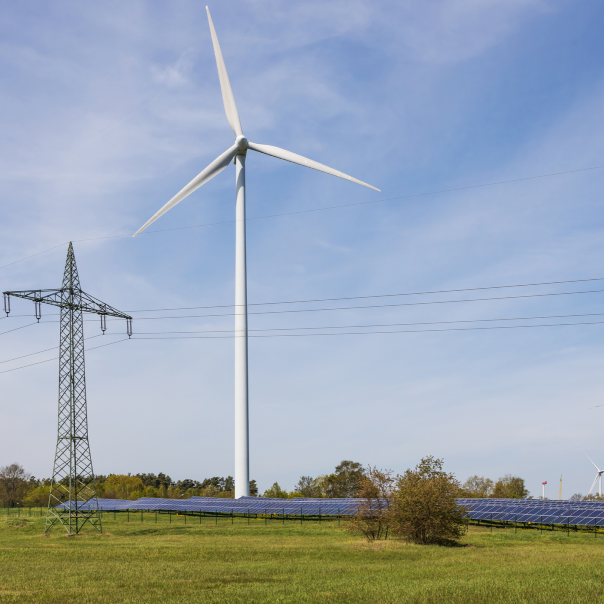Quick Links
Our diverse solar solutions
Tailored solar solutions to meet the diverse energy needs of a growing nation. From residential rooftops to large-scale industry installations, there is something for every individual and every sector
-
Rooftops360º solar rooftop solutions for residential, commercial, and industrial needs, delivering clean, sustainable energy while significantly cutting costs
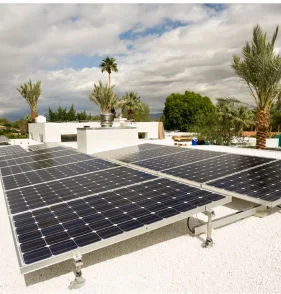
-
EPC ground-mountEnd-to-end execution of solar power projects with best-in-class engineering, procurement, construction, and commissioning
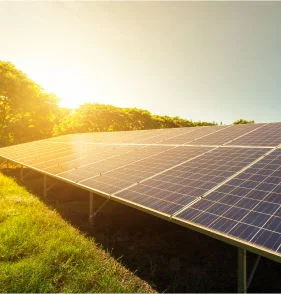
-
Module manufacturingCutting-edge manufacturing capabilities with a wide range of configurations, power outputs, and module sizes for customers across every segment
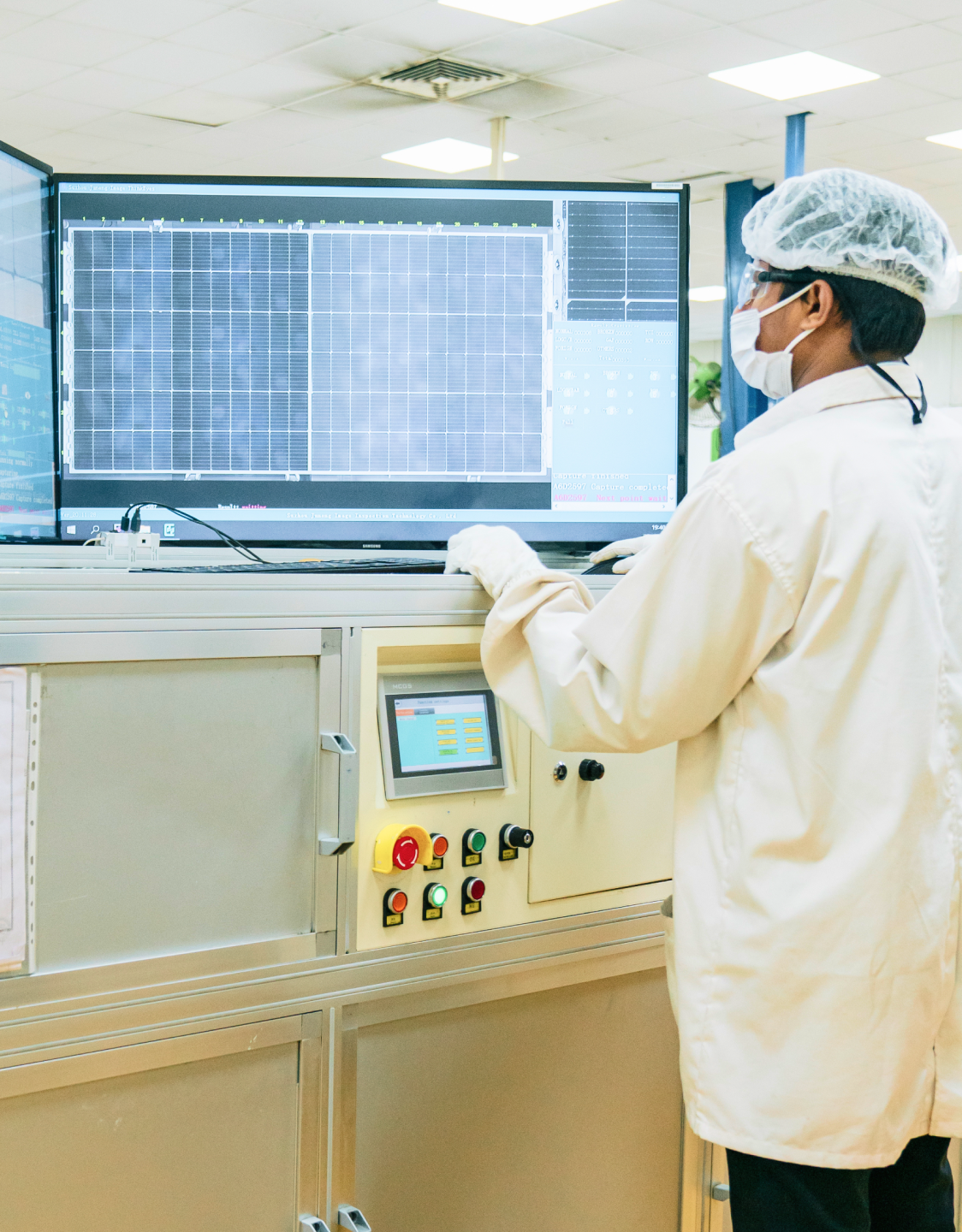
Our star power
Since our solutions are customized for various needs, our projects differ in core features and scale. The common goal, however, remains to ignite the movement towards clean energy
- Indian projects
- Landmark international projects
- Round-the-clock energy projects
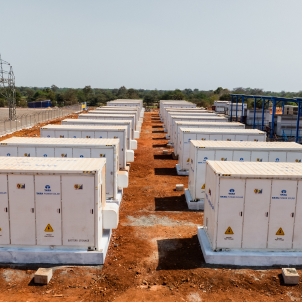
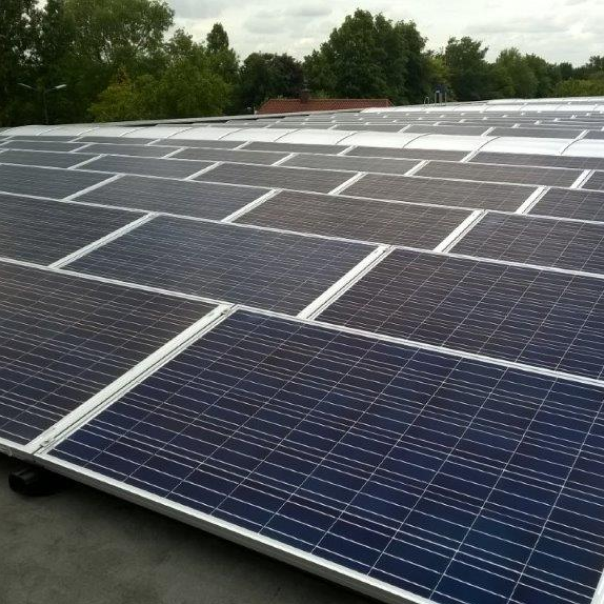
257 kWp Bunde, Netherlands
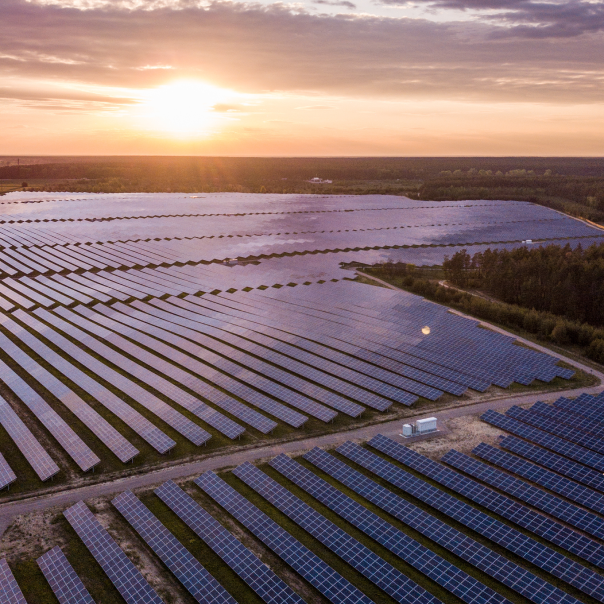
3.411MWp Sittard-Geleen, Netherlands
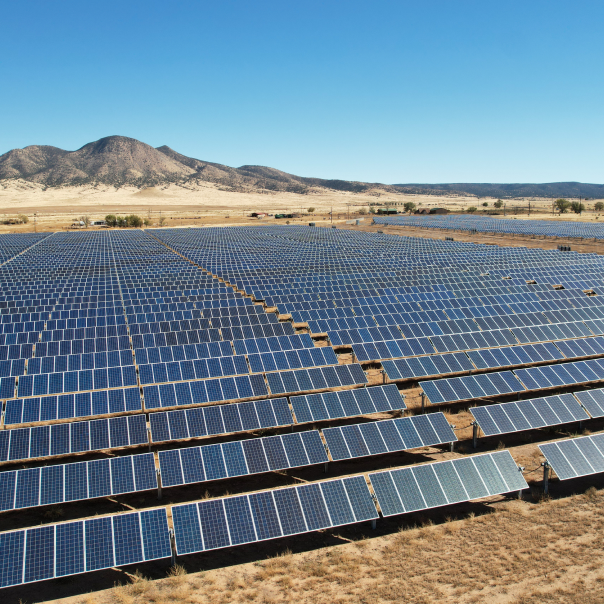
3.376MWp Labish, Oregon, USA
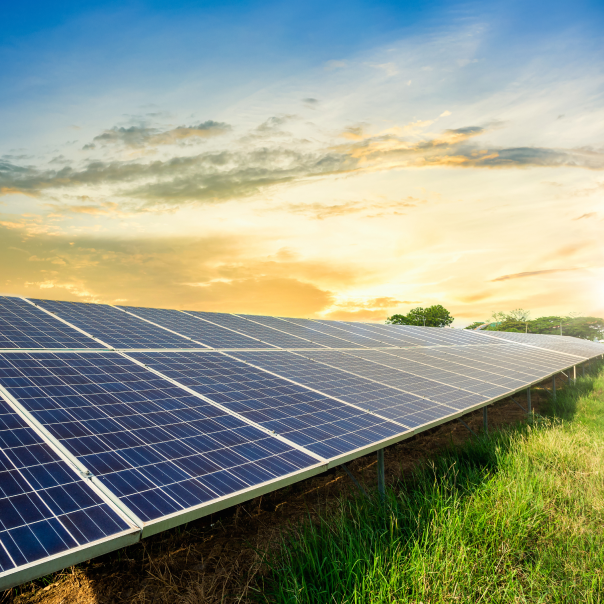
2.948MWp Ballston, Oregon, USA
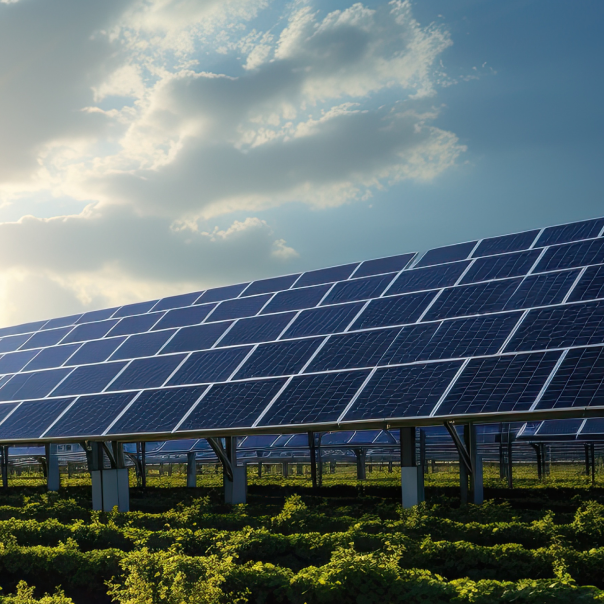
25MW Sønderborg, Denmark
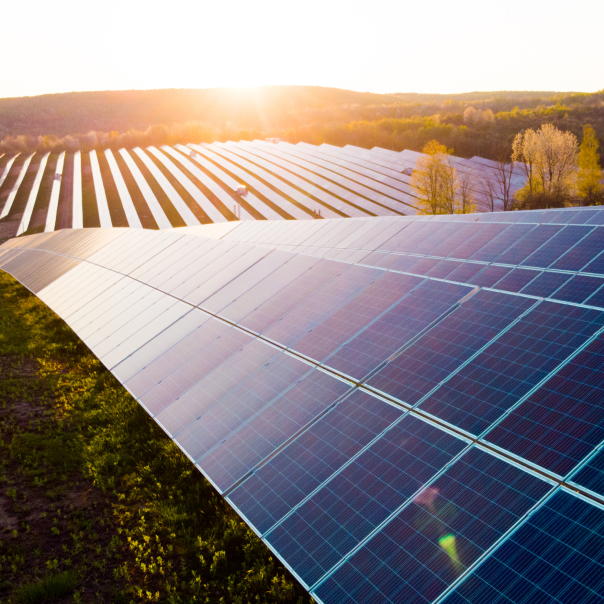
30MWp across smaller projects United Kingdom
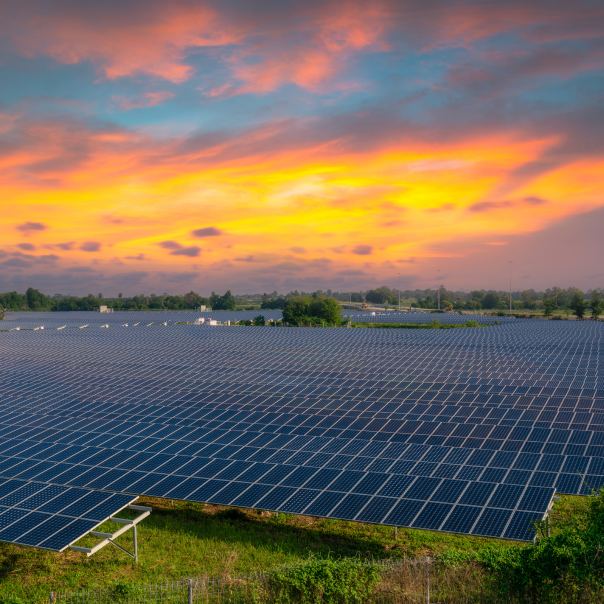
1MWp Awali Oil Field, Bahrain
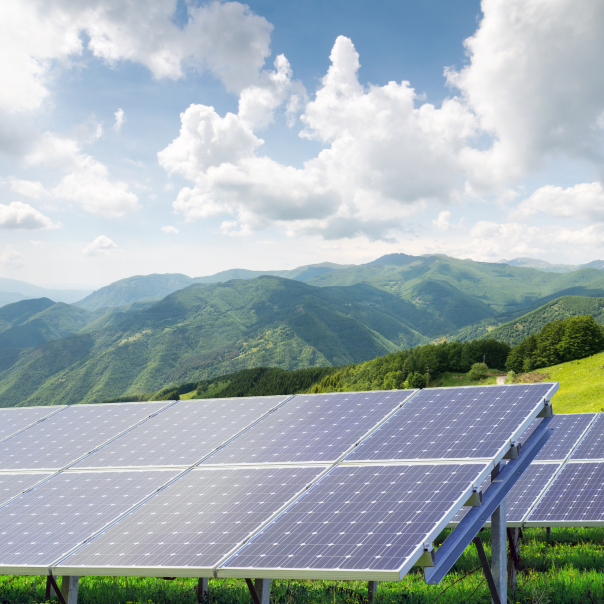
3.8MWp Herzogenrath, Germany
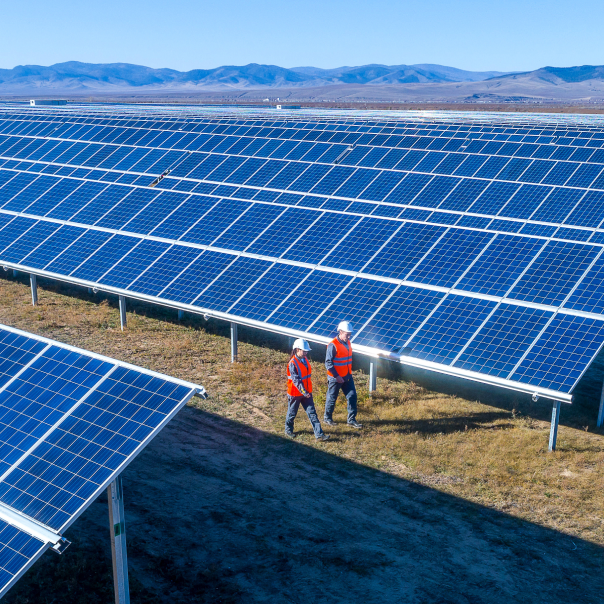
8.4MWp Horslunde, Denmark
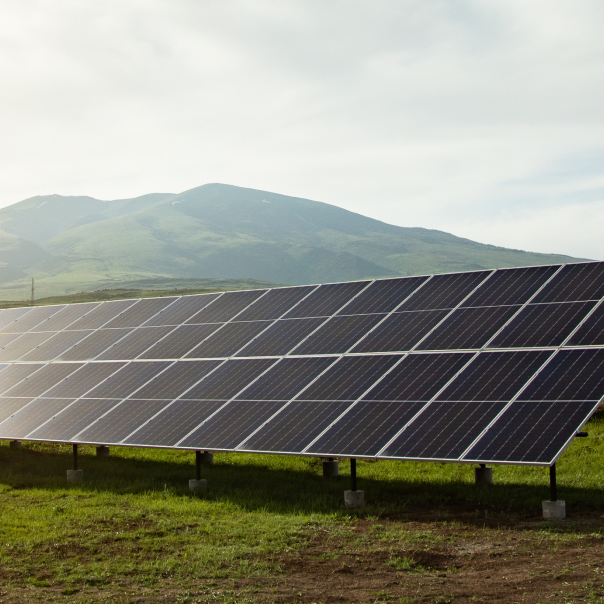
51MWp Nees, Denmark
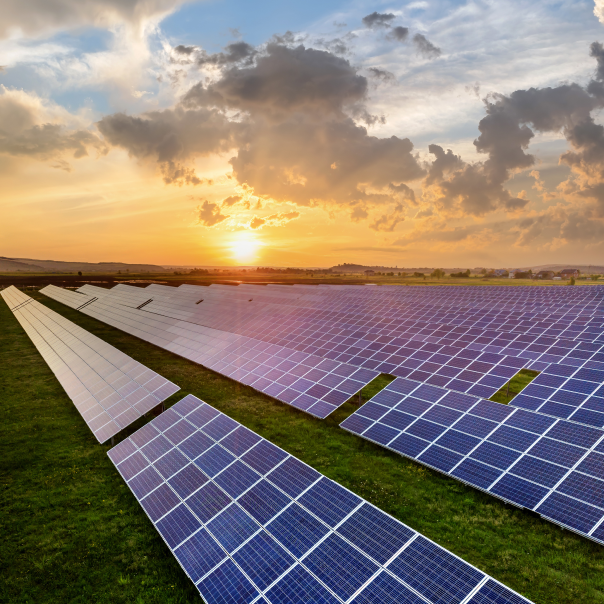
5MWp Ferry Farm, West Sussex, United
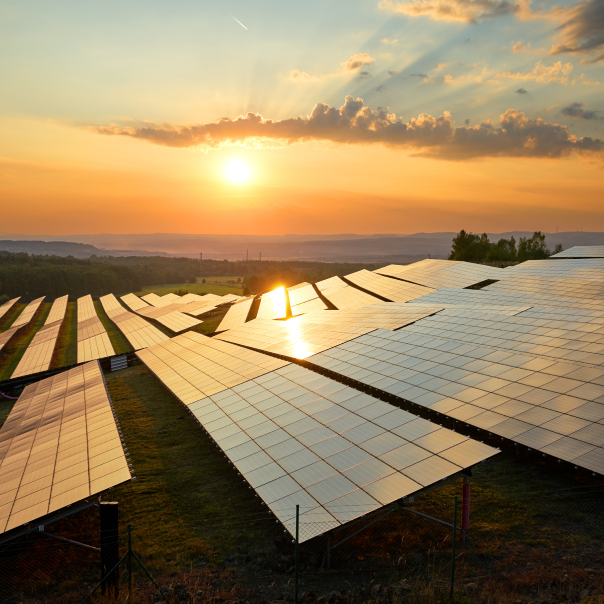
4.4MWp Bryn Bachau, Chwilog, Gwynedd, United Kingdom
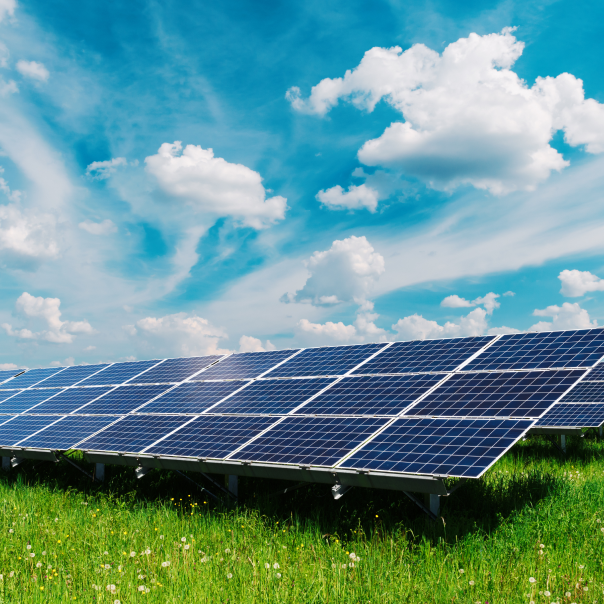
5MWp Lagness, Chichester, United Kingdom
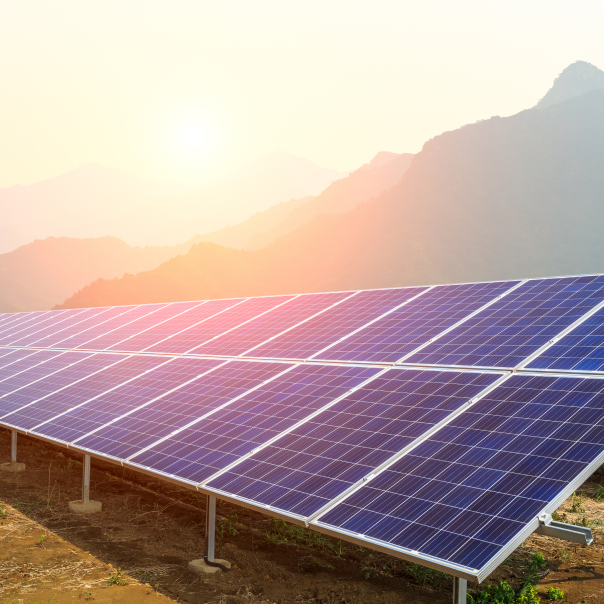
5MWp Manor Farm, United Kingdom
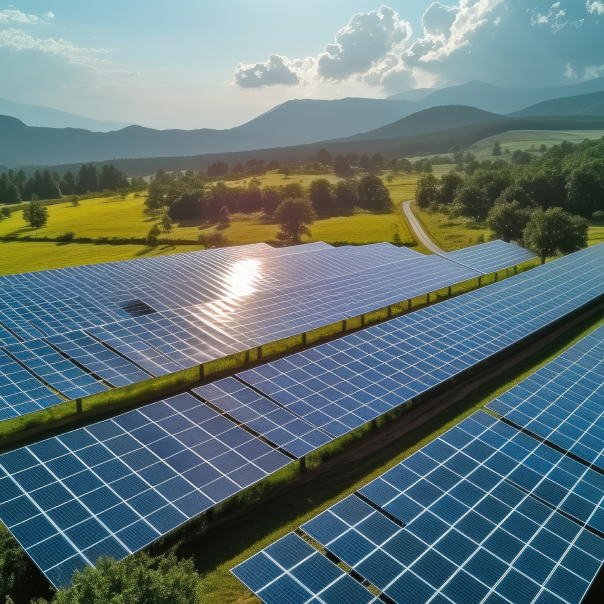
250kWp Chichester, United Kingdom
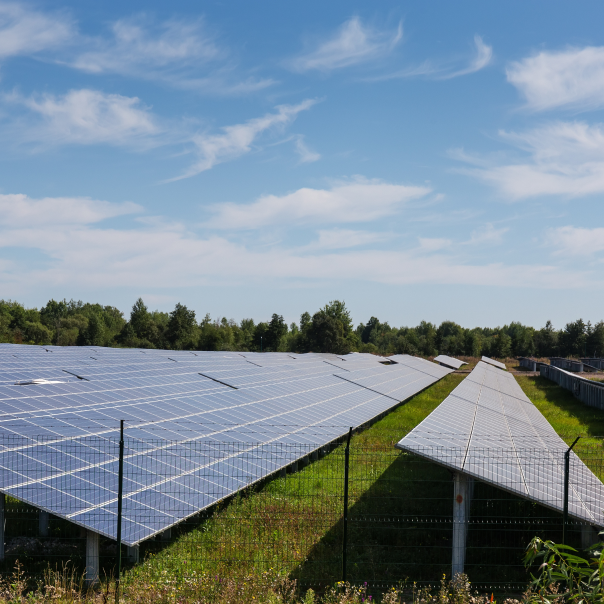
385kWp Ho Chi Minh City, Vietnam
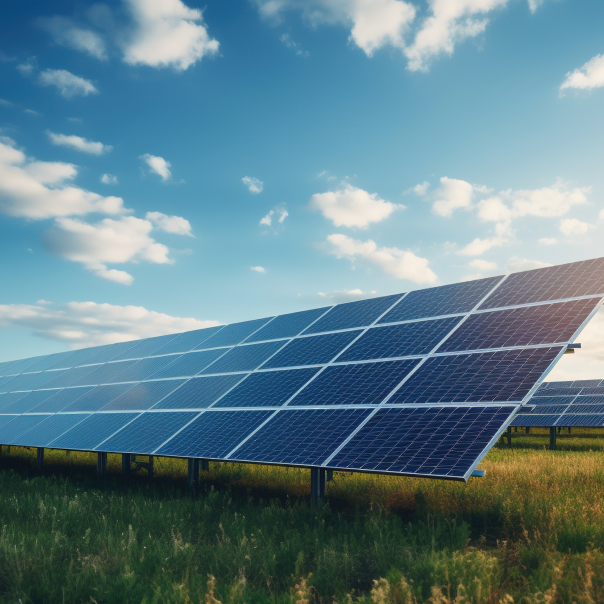
200kWp 2kWp x 100 schools across Sri Lanka
Our key clients







Powered by your stories
-
We took a pledge in Paris in 2015 that 40% of our capacity will be coming from non-fossil fuel sources by 2030. Today we are already at 42.8%. Making us the fastest county, working to achieve their NDCs. Interestingly, we are also leaders in energy transition as well as take the lead in reduction of energy efficiency which is at 30% already.R K Singh Union Minister- Power, New and Renewable Energy

-
We are working very closely with Tata Power to enable energy access across India and other countries. I consider them to be a leader with the regulatory thinking and innovations to help tackle these challenges.Dr. Robert Stoner MIT Energy Initiative

-
When I began working here two years ago, power outages were a major challenge. With no electricity in the evening, it was nearly impossible to keep the shop open. But ever since we got connected to the microgrid, everything has changed. Now, I can keep my shop open until 9 PM, allowing me to serve more customers after dark. This reliable power supply has truly transformed my business and brought in more evening customers.Raju Singh Baghel Shopkeeper, Uttar Pradesh

-
In 2015-16, we chose Tata Solar to be our module supply partner. We chose them because, Tata has a commitment to excellence & quality. It has a superb team; we can look forward to business do more business. We are also impressed by the ethos and sustainability of Tata Power.David Maguire Director BNRG Renewables, Ireland

-
We are delighted to partner with Tata Power Solar to jointly deliver this project for Toyota.Gab Barbaro Managing Partner British Gas Business Services

-
We are pleased to partner with Tata Power Solar, one of the oldest solar manufacturing companies in the world and part of a very respected group. Tata Power Solar complements us in its focus for quality. Our solar projects need a significant level of quality standards of the panels that are delivered on time and we feel Tata Power Solar will help us achieve that. We look forward to a fruitful partnership.Mr. Mikkel Dau Jacobsen Managing Partner, Better Energy Development A/S

Our O&M expertise keeps your solar panels at peak performance
Frequently asked questions
The frequently asked questions section is a reliable source for unlocking answers to some of the most crucial inquiries. Please refer to this section for any queries you may have.
- Solar energy
Solar energy systems rely on a vital component - silicon wafers - that convert sunlight into electricity. These semiconducting wafers liberate electrons when exposed to sunlight, establishing a flow of direct current (DC) electricity. This efficient process allows solar systems to harness renewable energy from the sun, providing a sustainable power source
A grid-connected solar rooftop system does not produce electricity during a grid outage. However, battery-based systems don't just provide backup but also help generate electricity using solar during grid outages. Please refer to our products section to know more in detail
No, solar electricity is not wasted if it's not being consumed by the premises. During daytime, the solar system exports any excess electricity not used to the national electricity grid. Similarly, at night, excess electricity required by the premises is imported from the grid as solar generation is absent at night
Meter(s) installed along with the solar system keep a record of excess generation exported to the grid and imported from it. At the end of each period, customers are credited for excess generation exported to the grid as per the prevailing state policy, and charged only for net consumption from the grid
A photovoltaic (PV) system converts sunlight into electricity with the help of solar panels. These panels capture sunlight and create a flow of electrons to generate direct current (DC) electricity. This DC electricity is converted to alternating current (AC) by sending it to an inverter, making it suitable to power household appliances. The AC electricity flows through an electrical panel to power your home or business, while the excess energy is either sent back to the grid or stored in batteries for later use
The capacity of a solar connection installation depends on several factors:
1. Load requirement: The capacity needed to power your desired load through solar energy. This varies from state to state. On average, a 1 kW system is suitable for a monthly electricity bill of approximately Rs. 1,000
2. Shadow-free space availability: The amount of unobstructed space required for the installation. As a rule of thumb, a 1 kW system typically needs around 100 sq ft of shadow-free space
3. Sanctioned load: The maximum capacity allowed by state regulations. Generally, exceeding the sanctioned load capacity is not permitted
Contact us
Contact information
Toll Free Investor Helpline
1800-209-8484 (All 7 days, 8 AM - 8PM)
Corporate Indentity No. (CIN)
U40106MH1989PLC330738
santoshc@tatapower.com
Registered Address
Tata Power Solar Systems
Limited C/o. The Tata Power
Company Limited,
Corporate Center B, 34 Sant
Tukaram Road, Carnac Bunder,
Mumbai - 400 009, Maharashtra
North
Tata Power Solar Systems Limited
1st Floor, Shatabdi Bhavan, B-12, 13, Sector - 4,
Noida, Uttar Pradesh - 201301 India
Tel: +91 120 6102000 Monday - Friday (9AM-5PM)
East
Tata Power Solar Systems Limited
Merlin Matrix, DN - 10,
Suite No. 703, 7th Floor
Near RS Software
Salt Lake, Sector V
Kolkata - 700 091
South
Tata Power Solar Systems Limited
78, Electronics City, Phase I
Hosur Road
Bengaluru - 560 100 India
Tel: +91 80 6777 2000 / 3000
Monday - Friday (9AM-5PM)






